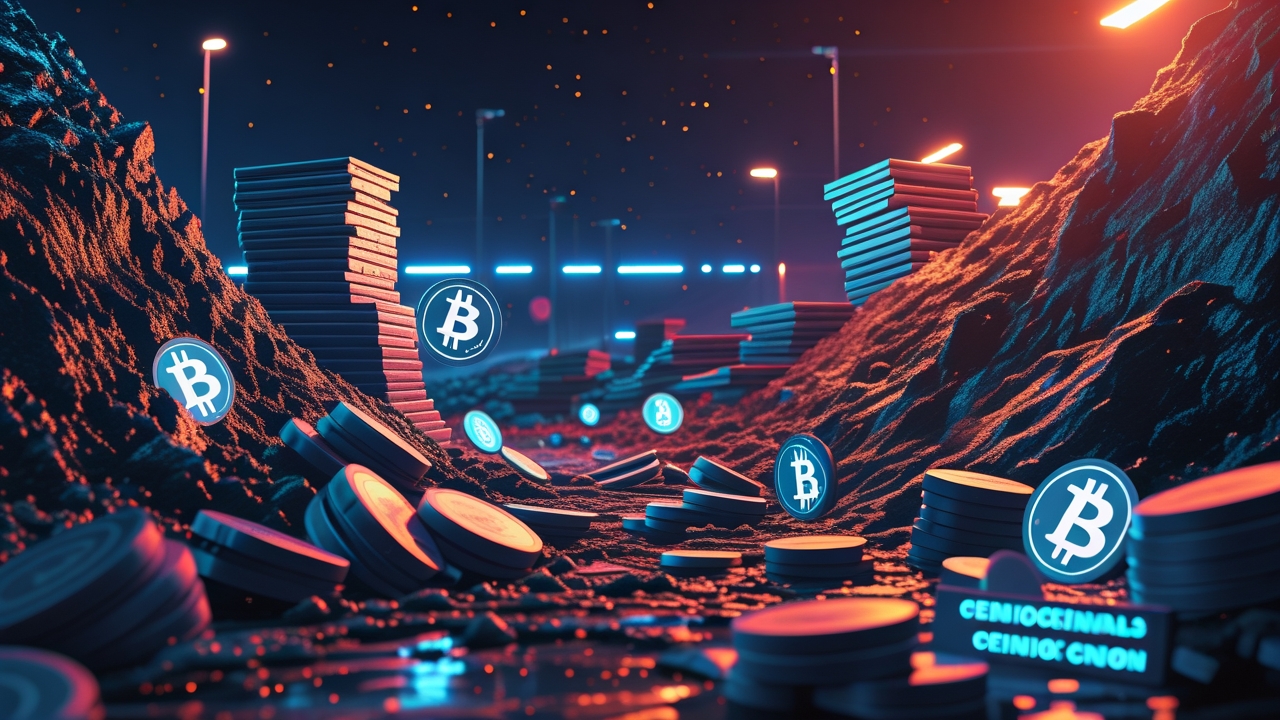
UK Man Turns Lost 8,000 Bitcoin Into Tokens After Landfill Recovery Denied
A UK man whose 8,000 bitcoins ended up buried in a Newport landfill has decided to take an unconventional approach after more than a decade of failed recovery attempts. James Howells, who has been fighting for permission to excavate the hard drive containing his Bitcoin keys worth over £600 million, announced he will tokenize the lost cryptocurrency after the Newport City Council repeatedly denied his requests.
Despite offering £25 million and proposing to give 10 percent of the Bitcoin’s value to the local community, Howells has faced consistent rejection from city officials. The council has maintained its position that any items in the landfill belong to them under the Control of Pollution Act 1974, effectively blocking all excavation attempts.
From Legal Battles to Blockchain Innovation
After exhausting legal channels, public offers, and mediation attempts, Howells declared he would no longer seek the council’s approval. Instead, he plans to create 800 billion Ceiniog Coin (INI) tokens, each pegged 1:1 with satoshis, effectively tokenizing the entire 8,000 BTC wallet.
Meet James Howells, an IT engineer in Wales, confidently threw an old hard drive during a cleanup in 2013.
What he didn’t realize: it held 8,000 Bitcoins.
At today’s prices, that’s over $760 million—buried in a landfill.
But that’s just the beginning.. pic.twitter.com/bmurmwYCvs
— Rodney (@cryptojourneyrs) December 10, 2024
The tokenization project will utilize Bitcoin’s underlying technology, incorporating OP_RETURN functionality and integrating with frameworks like Stacks, Runes, and Ordinals. Howells has targeted late 2025 for the token launch, positioning the initiative as a way to circumvent traditional gatekeepers who have blocked his efforts for over a decade.
A Decade-Long Struggle
The saga began in 2013 when Howells accidentally discarded the hard drive containing his Bitcoin private keys. His ex-partner reportedly took the device to the Newport landfill, where it has remained buried ever since. Over the years, Howells has made numerous proposals to access the site, all of which have been unsuccessful.
The legal battle intensified in 2024 when courts denied his claims, with the council asserting ownership over all landfill contents. However, Howells remains determined, even expressing interest in purchasing the landfill site himself as officials plan to convert it into a solar energy facility.
Howells framed his blockchain solution as a demonstration of cryptocurrency’s power to overcome traditional barriers. He emphasized that while physical gates can be blocked and courts can be packed, the blockchain remains unstoppable and irreversible, representing a new approach to dealing with lost digital assets.
Broader Industry Implications
This tokenization approach represents a novel solution to the problem of lost cryptocurrency, potentially setting a precedent for similar cases across the industry. The initiative demonstrates how blockchain technology can be leveraged to create value from otherwise inaccessible digital assets, though the practical implementation and market acceptance remain to be seen.
